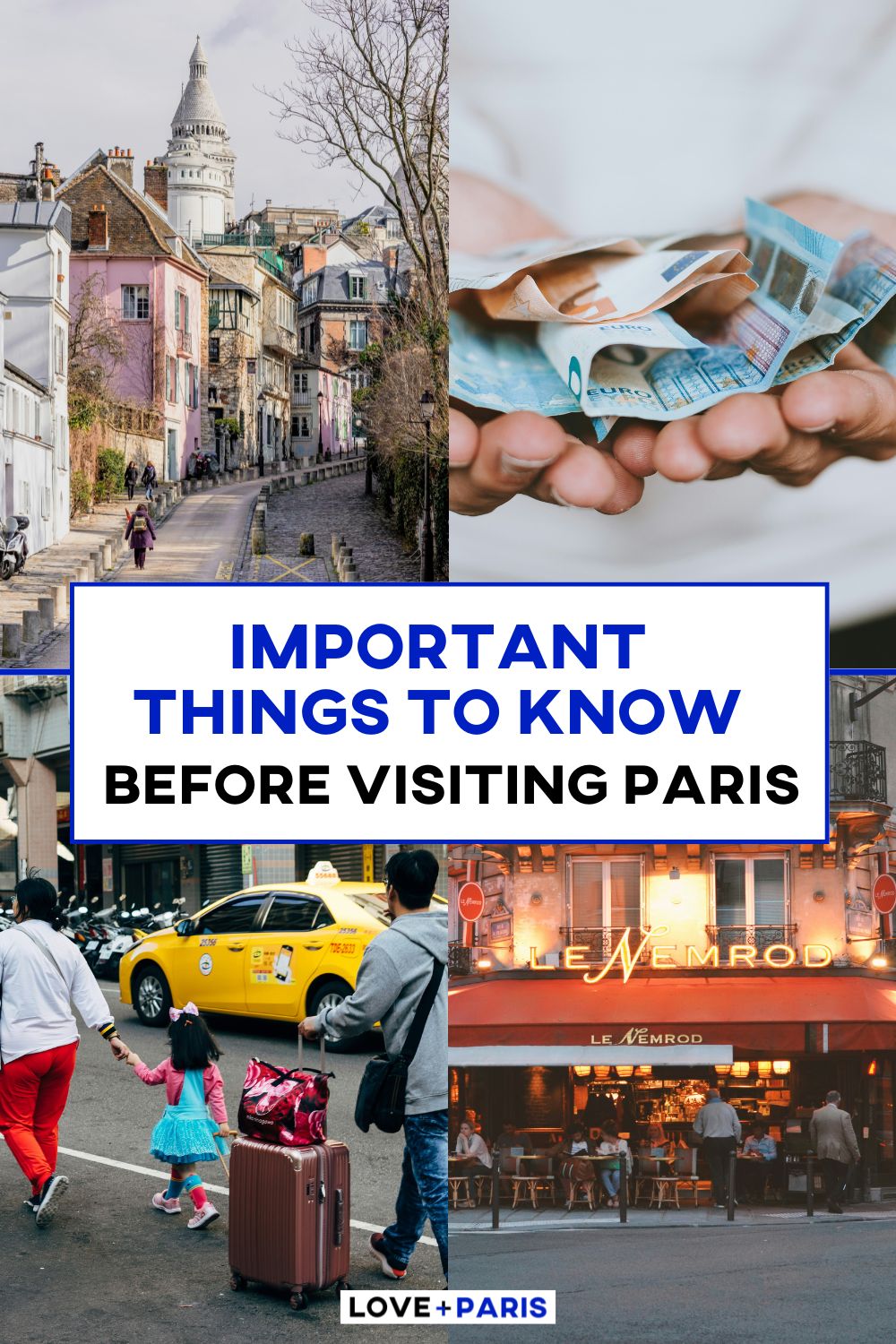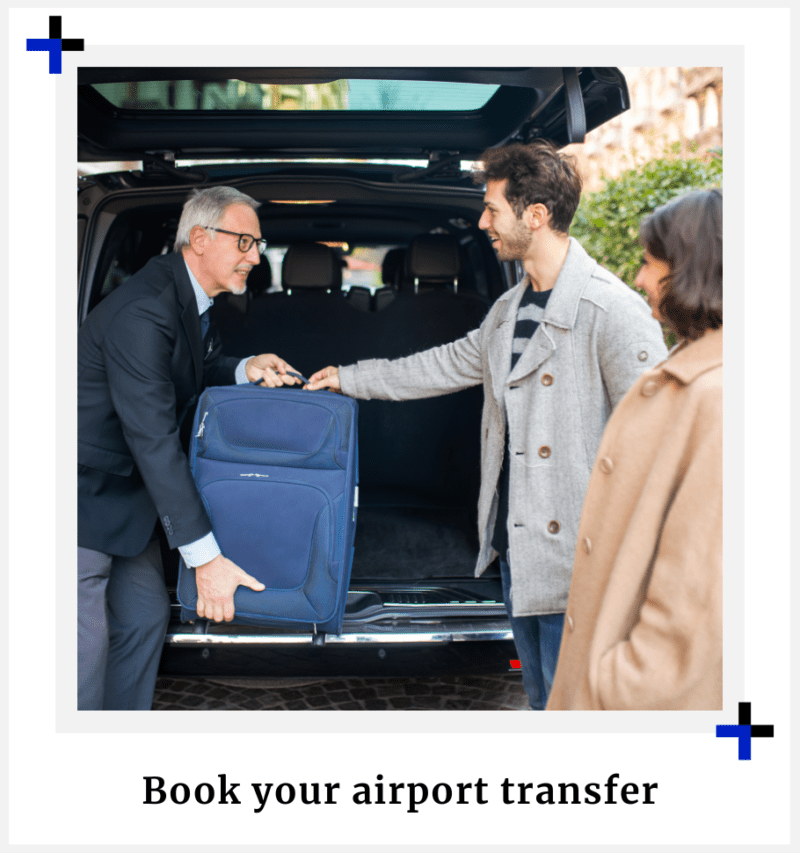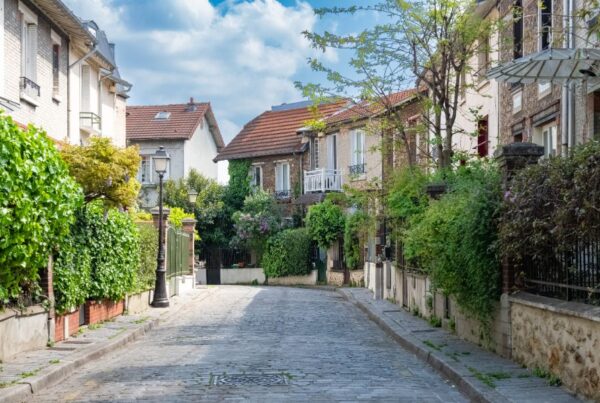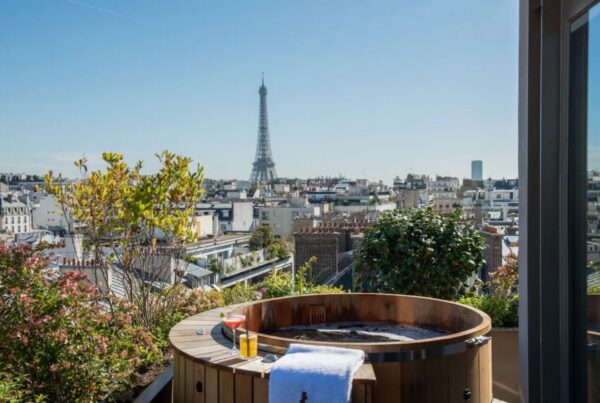Coming to Paris for the first time? These are 13 important things you should know before visiting Paris.
*Some of the links in this article will earn a small commission if you click them and then purchase something. Thanks in advance for your support!
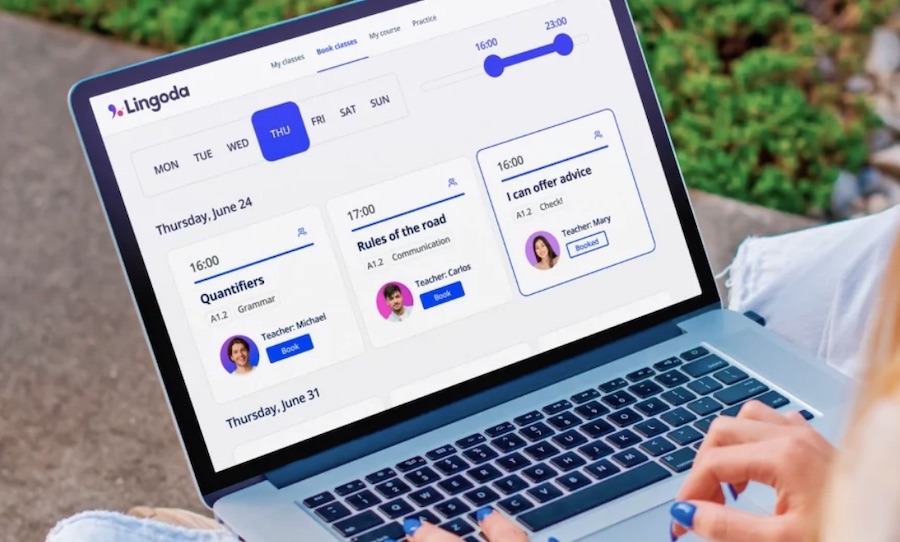
Image courtesy of Lingoda
Learn a few words of French
On our list of important things to know before visiting Paris, this is the most vital point – and it’s also the easiest! The French have a reputation for being rude, which is a bit of an unfair, outdated stereotype. They can occasionally come off as cold if they feel a visitor is the one being rude. You see, pleasantries are VERY important to the French. So if you enter a shop, bakery, or restaurant without greeting the salesperson or waiter, they might treat you poorly. You can avoid their potential grumpiness by learning a few words of French. In fact, all you really need is ‘bonjour’ (hello) and ‘merci’ (thank you). A friendly bonjour or merci when appropriate will get your interaction with the French off on the right foot. On the whole, a growing number of French people working in the service sector speak English, so you don’t have to worry if you don’t speak the language well.
To learn more français, you may want to take some virtual classes in advance with our language partner Lingoda or try the language learning apps DuoLingo or Babbel.
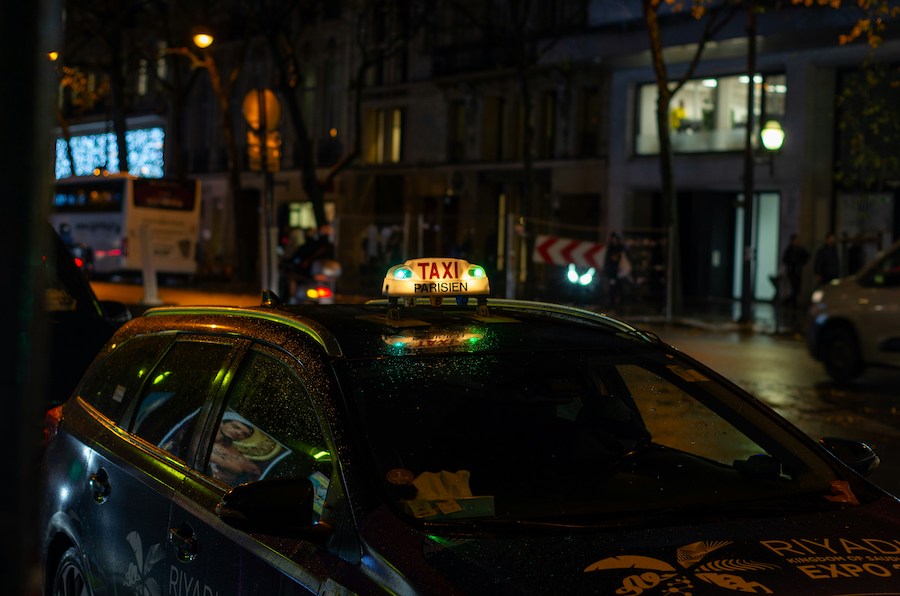
There’s a flat rate for taxis from the airport
In general, we recommend taking public transportation over taxis to get around the city. But, we totally understand if you’d rather take a taxi in from the airport, especially if you have a lot of luggage, have any mobility difficulties, or are simply exhausted after a long flight. If you plan to take a taxi in from the airport, it’s good to know that there’s an official flat rate from the city’s main airports: Charles de Gaulle and Orly. So, you don’t have to worry about the ride costing an arm and a leg if you get stuck in traffic. You can learn more about these rates (and public transit options) in our article on how to get from the airport to the city centre.
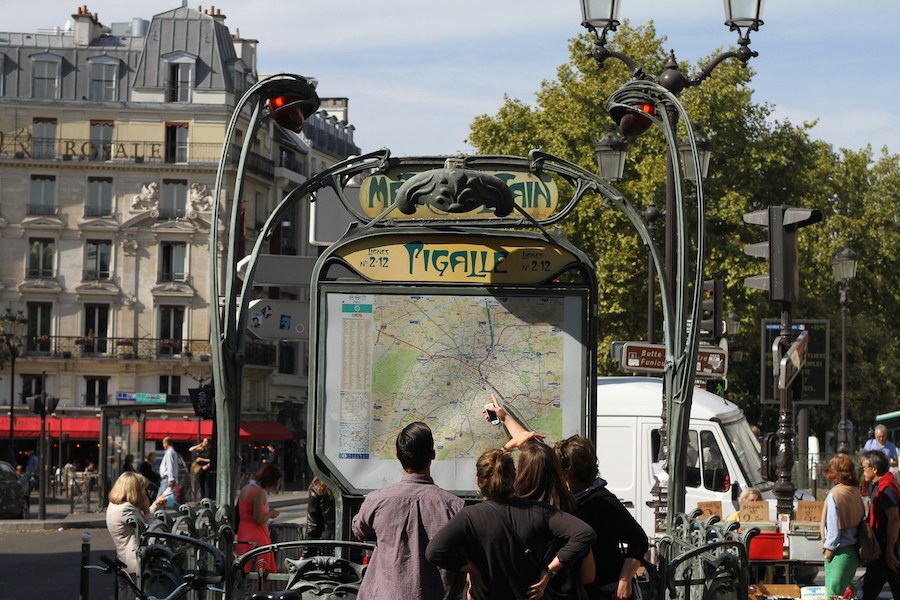
You don’t really need an unlimited metro pass
Okay, we just said that we recommend taking public transit, but Paris is also an amazing city for walking. Paris is an extremely compact city which means you can walk to many places, depending on where you’re staying and the sites you’d like to visit. Walking allows you to take in the city’s gorgeous streets and sites – and burn off a few calories from the decadent pastries and other delicacies you might be eating during your stay. Some sites, like the Eiffel Tower and Montmartre, are a little out of the centre, so you’ll likely just take le métro just a couple of times per day, at most. Therefore, it’s more affordable to use single tickets (also available on a rechargeable métro card called Navigo Easy), instead of purchasing an unlimited multi-day métro pass.
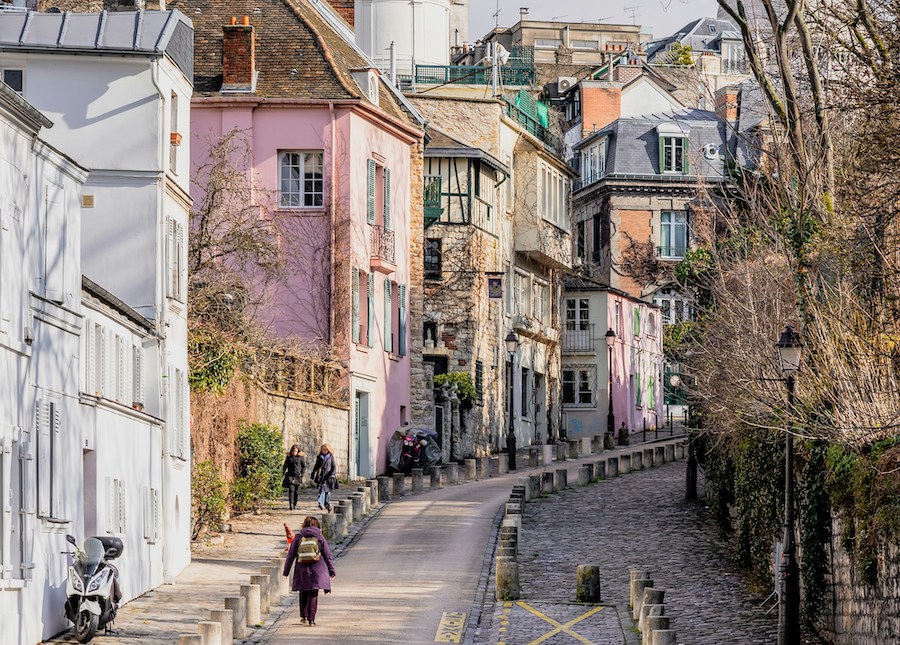
Bring your walking shoes
Since Paris is such a great walking city, leave those stilettos at home and pack comfortable shoes instead. There are also a LOT of cobblestoned streets in Paris, which makes walking in heels that much more difficult. What’s more, les baskets (tennis/running shoes), albeit stylish ones, are very popular with Parisians these days. So wearing cool, comfortable shoes can also help you blend in with the locals.
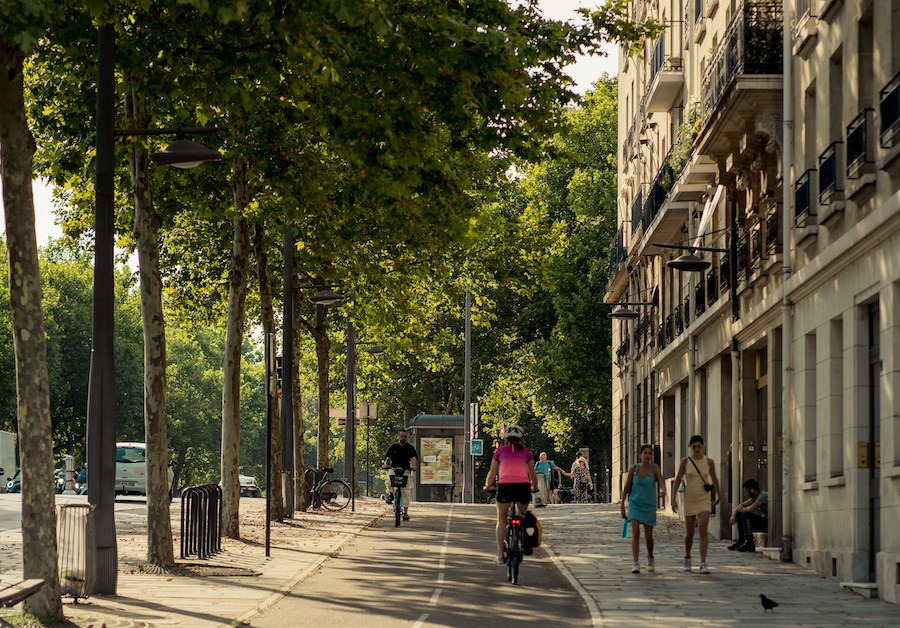
Look both ways before crossing the street
Speaking of walking, it might seem obvious, but you should try to remember to look BOTH WAYS before crossing the street in Paris. They drive on the right in France, like in North America and most of the rest of Europe, However, there are TONS of one-way streets in Paris as well as TONS of bikes and electric scooters – which are allowed to go the opposite way of traffic on these one-way streets. So if you just look out for cars before stepping out into the street, you might risk getting hit, or at the very least startled, by a zooming two-wheeler. There are also an increasing number of bike lanes, so be sure you don’t step into or walk down those as well.
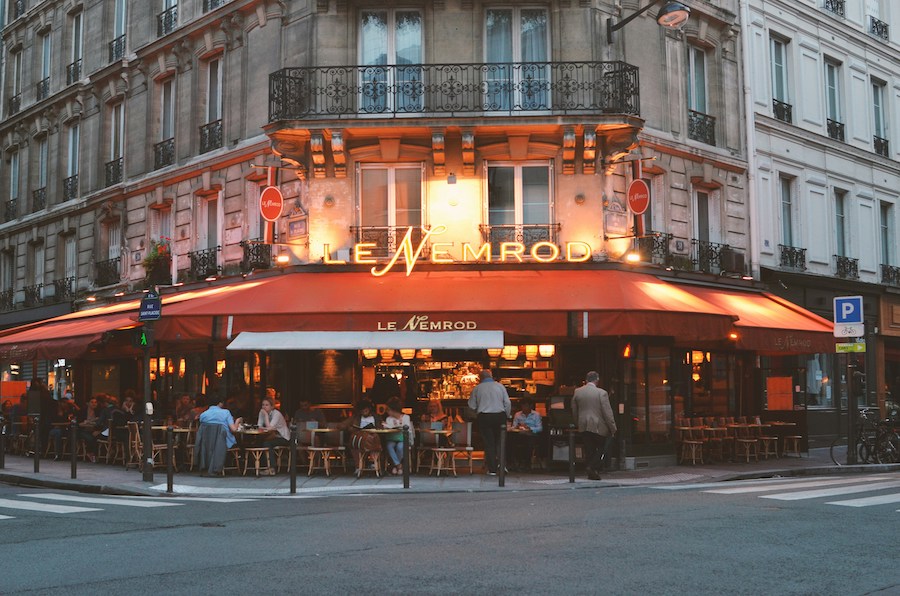
Get to know Parisian dining habits
The French eat at slightly different times than other countries, which also influences restaurant opening hours. Parisians tend to eat lunch between 12:30 pm and 2 pm, but don’t sit down for dinner until 7 pm or later. This means that many restaurants close between lunch and dinner. But if you’re used to eating dinner on the early side, or lost track of time and need lunch at 3 pm, it’s totally ok. Just look for eateries with the words ‘brasserie’ or ‘service continu’ on the awning or facade. These are more casual restaurants that serve food all day. Although the food options aren’t as sophisticated as a restaurant with a true chef, you’ll be able to satisfy your hunger with a tasty steak-frites, croque-monsieur, or a meal-sized salad.

Tipping isn’t required, but it’s appreciated
How much to tip varies from country to country, which makes it very confusing for travelers. You can save a lot of money, especially if you’re used to North American tipping habits, by understanding how to tip in France. A 15% service charge is included in the price of food and drinks at ALL restaurants, cafés and bars. French waiters are salaried employees, which means they earn a living wage with benefits including paid vacation and healthcare coverage. Be this as it may, leaving a little extra (up to 5%) is always appreciated. A heads up though, most restaurant credit card machines don’t give you the option of adding a tip, so you either have to ask the waiter to add a few euros to the total amount or, what they would prefer, leave a tip in cash.

You can pay by credit card in most places, but still get some euros
The currency in France is the euro and NO PLACE will accept any other currency (and if they do, RUN– you’re getting ripped off!). In the past, the French were reluctant to take credit cards for smaller purchases, but luckily this is changing and many places, from bakeries to supermarkets, now have a minimum credit card purchase of a euro (some restaurants have a €10 minimum). Nevertheless, it’s good to have some cash handy for the shops that don’t take credit cards and for tips. You can either get some euros from your bank before your trip or withdraw cash from the abundance of ATMs around the city.
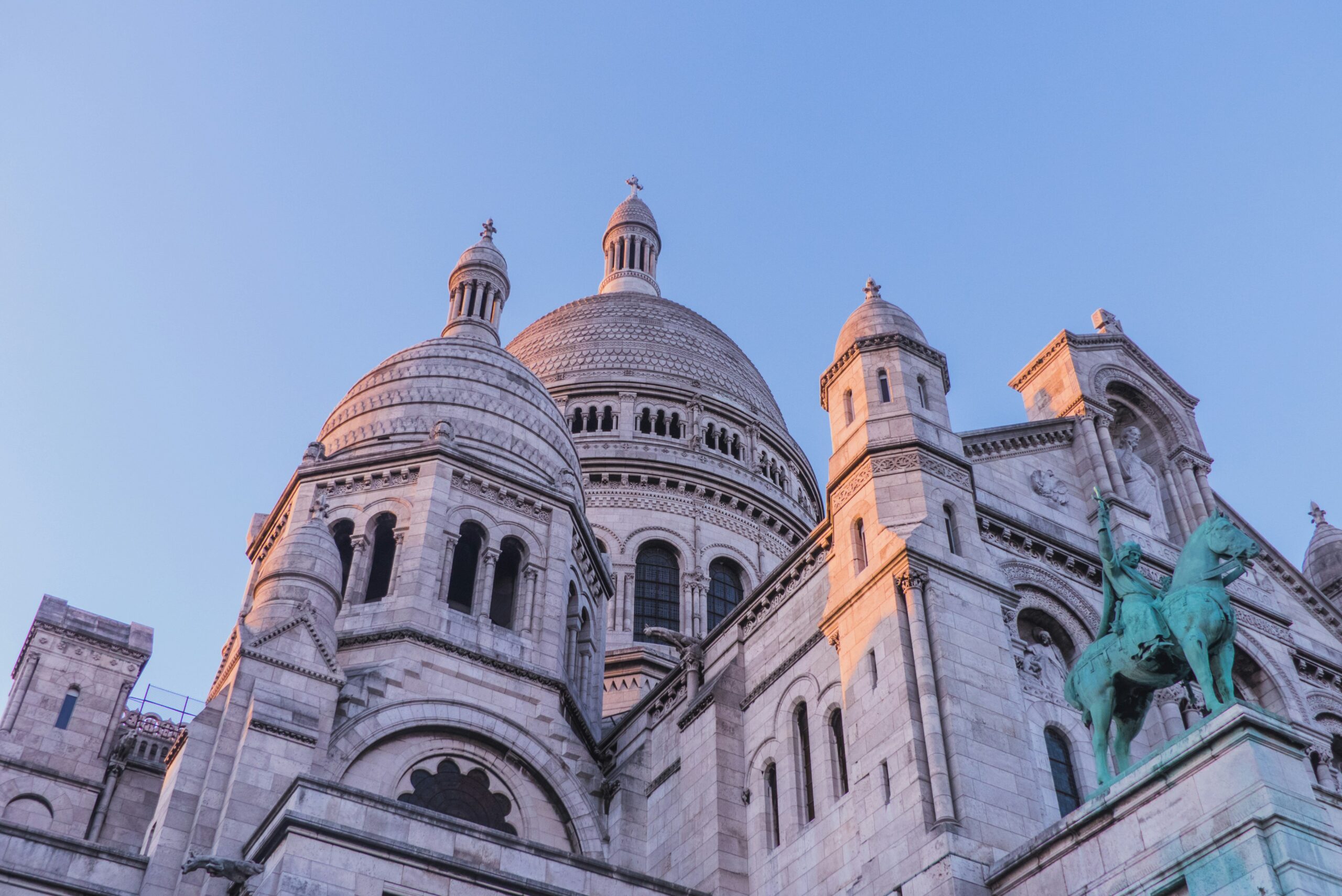
There’s plenty to do for FREE
On the topic of money, some visitors might have the impression that Paris is an expensive city. Although it can be costly… it’s completely possible to do Paris on a budget or simply to save a LOT of money by doing some of the city’s many free activities. As we said above, we highly recommend strolling around the city (TOTALLY FREE!) which allows you to discover great neighborhoods, gorgeous parks, art galleries, street art, and much more. All Parisian churches (except Sainte-Chapelle) are also free and are pretty amazing places to take in French art and heritage, even if you aren’t religious.
If you’re interested in visiting museums, most City of Paris museums are free (except for temporary exhibits), including the fantastic Musée Carnavalet (City of Paris History Museum), the city’s Modern Art Museum, and the charming Museum of Romantic Life. National museums (except the Louvre and Versailles from April to October) are free on the 1st Sunday of each month, so if you’re on a budget, planning your trip around these dates can save you a lot.
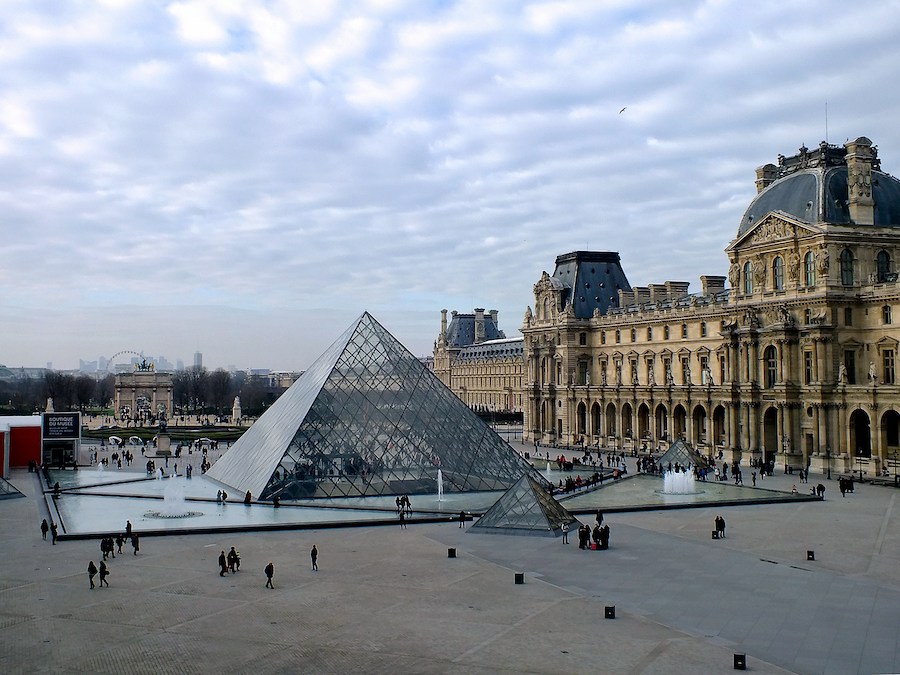
Book any popular museums and sites you want to visit in advance
If you DO want to visit some of the paid sites in Paris, like the Louvre, Eiffel Tower, Versailles, or Catacombs, we encourage you to book your tickets in advance. While advanced booking is obligatory, you’ll save yourself a lot of waiting in lines by purchasing tickets ahead of time. Most of these sites open their ticket sales three months ahead, or skip-the-line tickets will be included in tours, like those included in our article on Top Guided Tours Of Paris Attractions.
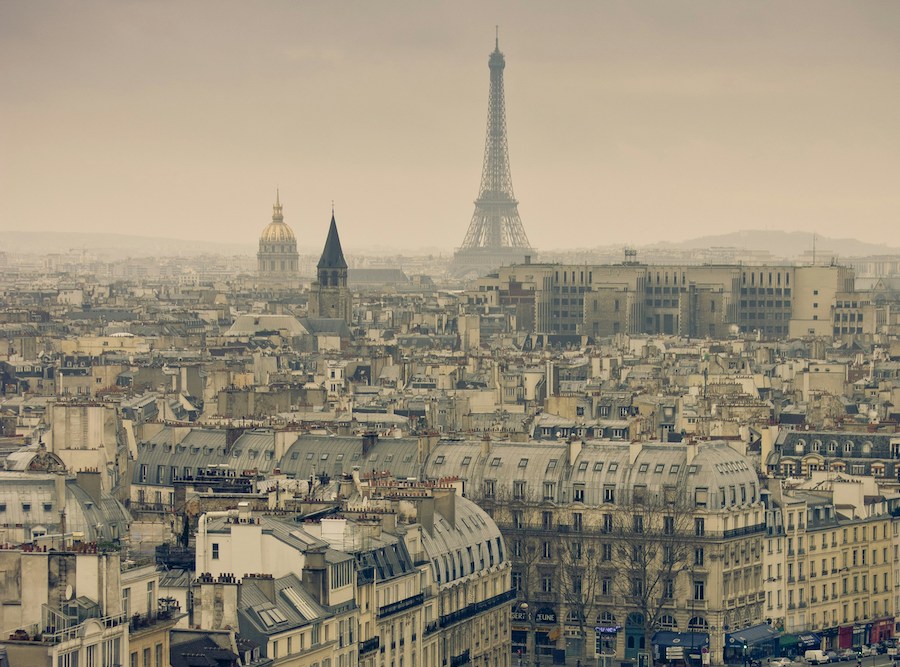
You don’t have to go up the Eiffel Tower to enjoy spectacular views
The Eiffel Tower can be one of those ‘once in a lifetime’ activities, but it isn’t necessary to actually climb the tower to admire it. If you’re on a budget, are afraid of heights, or don’t like lines, there are lots of great (and FREE) vistas of it around the city. You can get beautiful views at different places along the Seine, Trocadero Square (right across from the tower), the viewing deck of the Galeries Lafayette department store, in front of Sacré-Coeur and, perhaps our favorite cool spot, the lookout above Belleville Park.
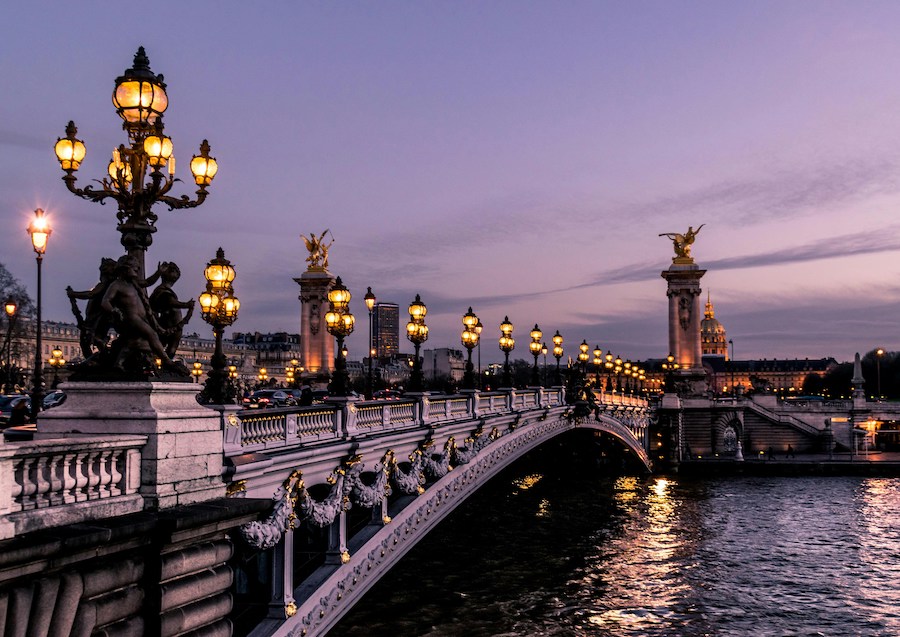
Paris is a safe city, but still be cautious
For a large city, central Paris is pretty safe. Dangerous crime isn’t very common, but pickpocketing and purse or bag theft can happen. A little bit of mindfulness can really help decrease the chances of this happening to you. Don’t leave your phone on a restaurant table and be discreet while using it on the métro. Never simply slide your phone into your jacket pocket after using it – always keep it and your wallet in a zippered purse or bag (or if you don’t have one of these, an interior pocket). Speaking of these items, don’t leave your bag on the seat next to you in a café or hang it over your chair, these spots also attract thieves.
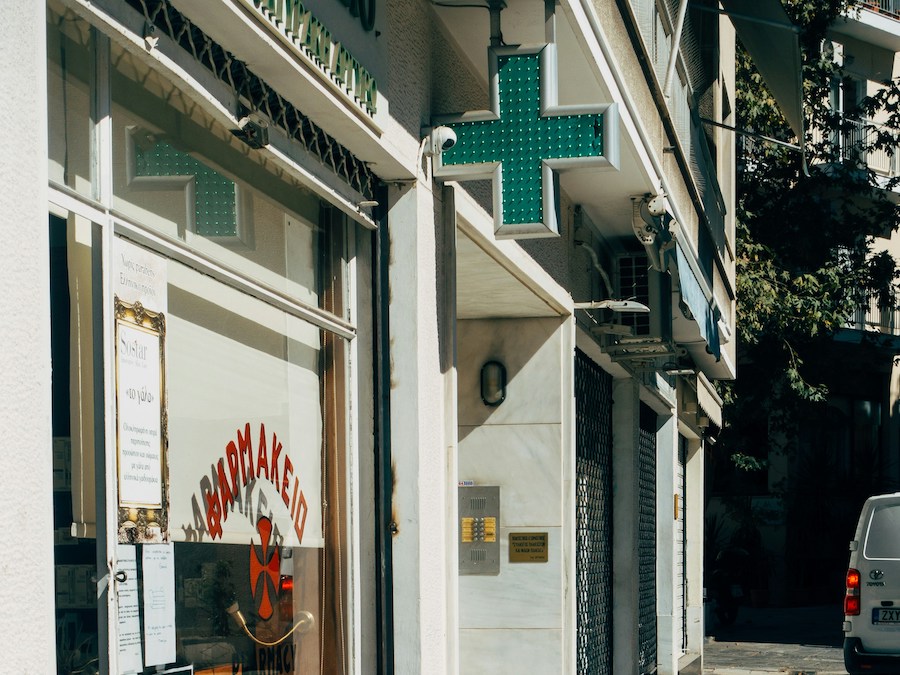
If you need to go to the doctor, it won’t break the bank
We really hope you will NOT need to use this last piece of advice, but if you do need to see a doctor in France, you don’t have to worry about it costing a fortune. There’s state-sponsored healthcare in France, and while this isn’t free for non-Europeans, going to the general practitioner only costs €26.50. You can find one and book an appointment on the website Doctolib.fr. Although the website’s in French, you can select a filter to find an English-speaking doctor. Going to the doctor might be easy and affordable, but if you require more serious medical care or hospitalization, it might cost a few hundred euros or more. If you want to play it safe, we can recommend getting travel insurance through World Nomads.
Now that you know these important things to know before visiting Paris, you might be looking for other insider tips on planning your trip. Read these articles next:
Pin this…
